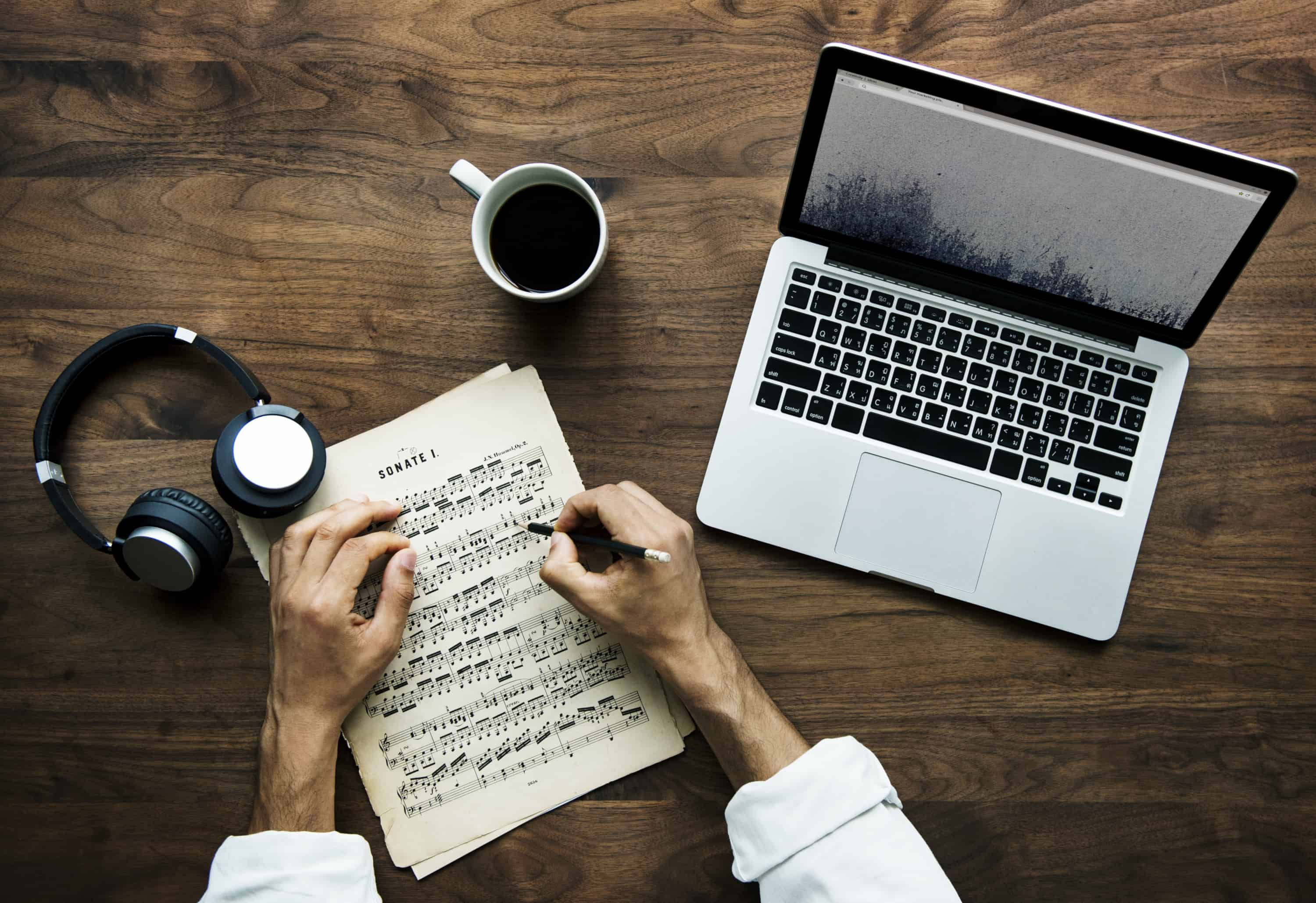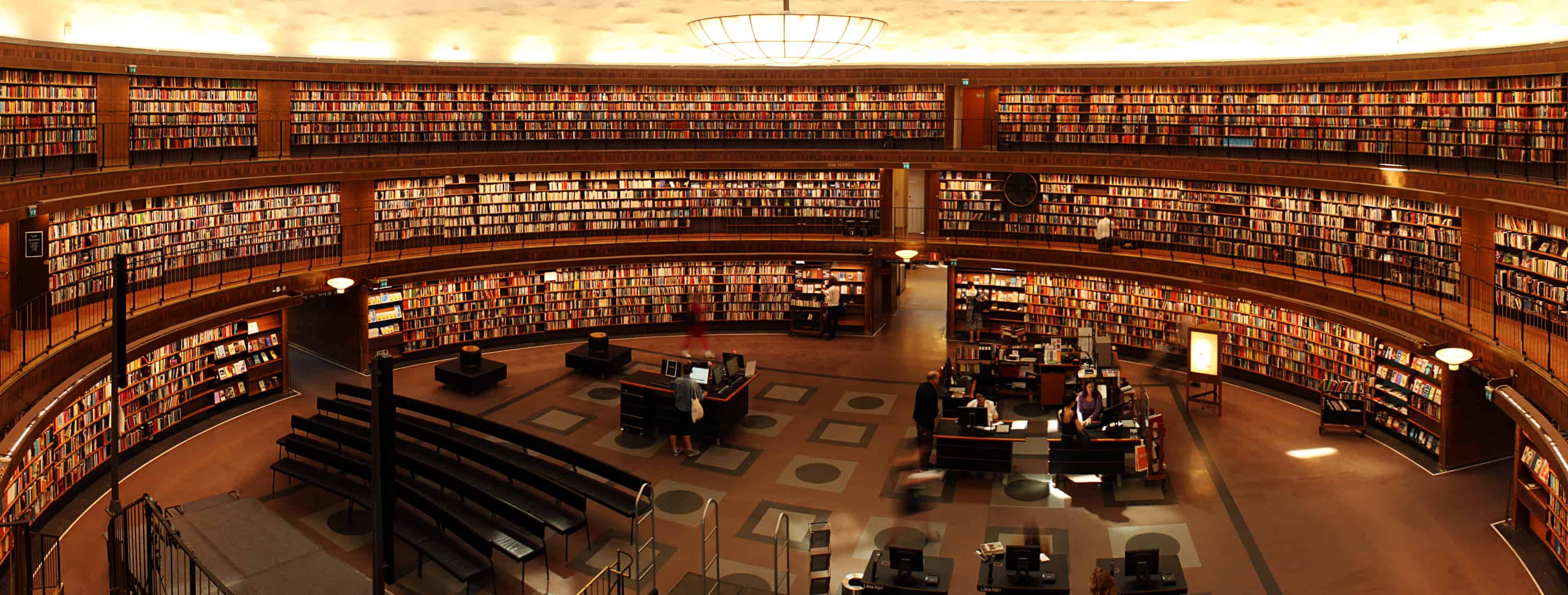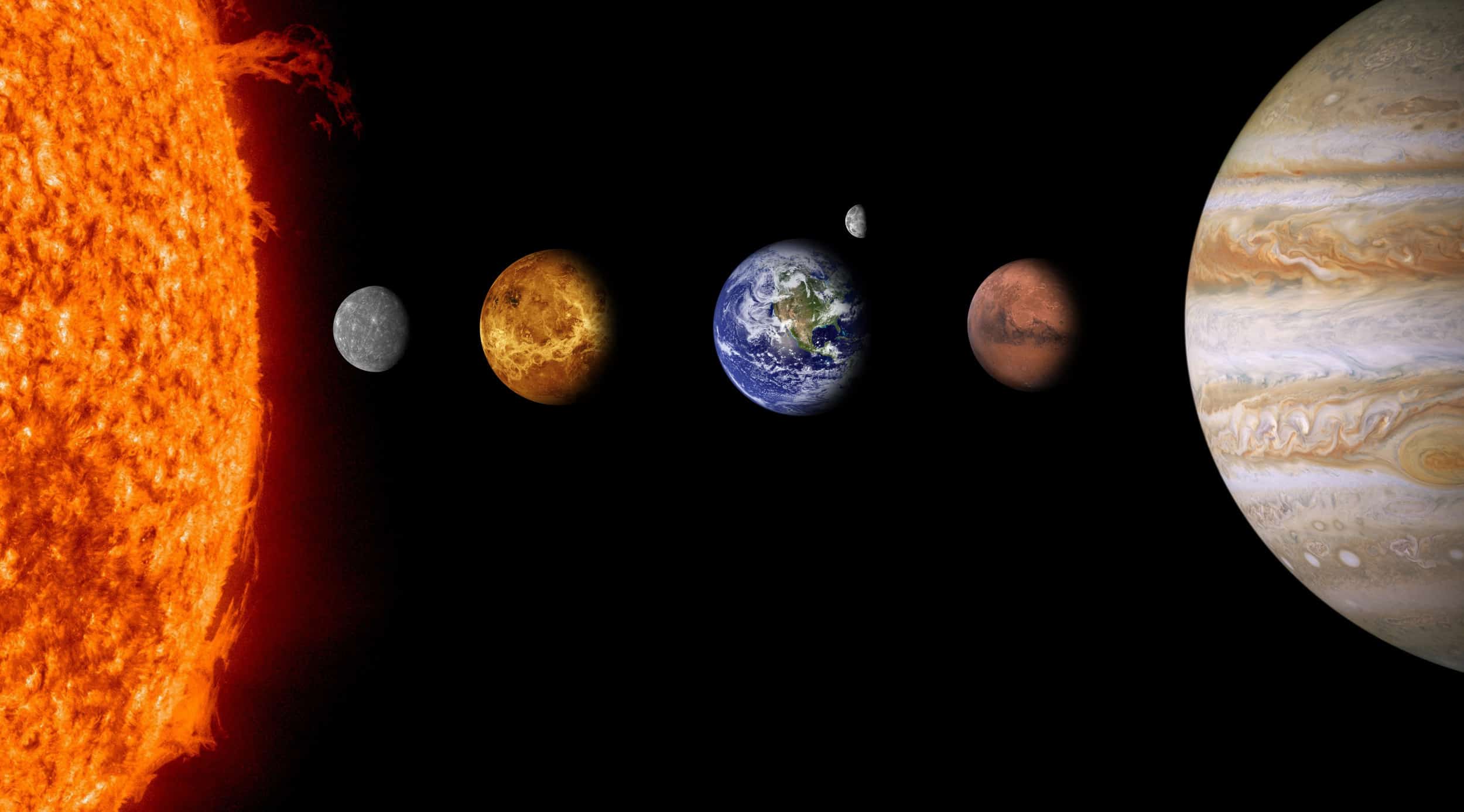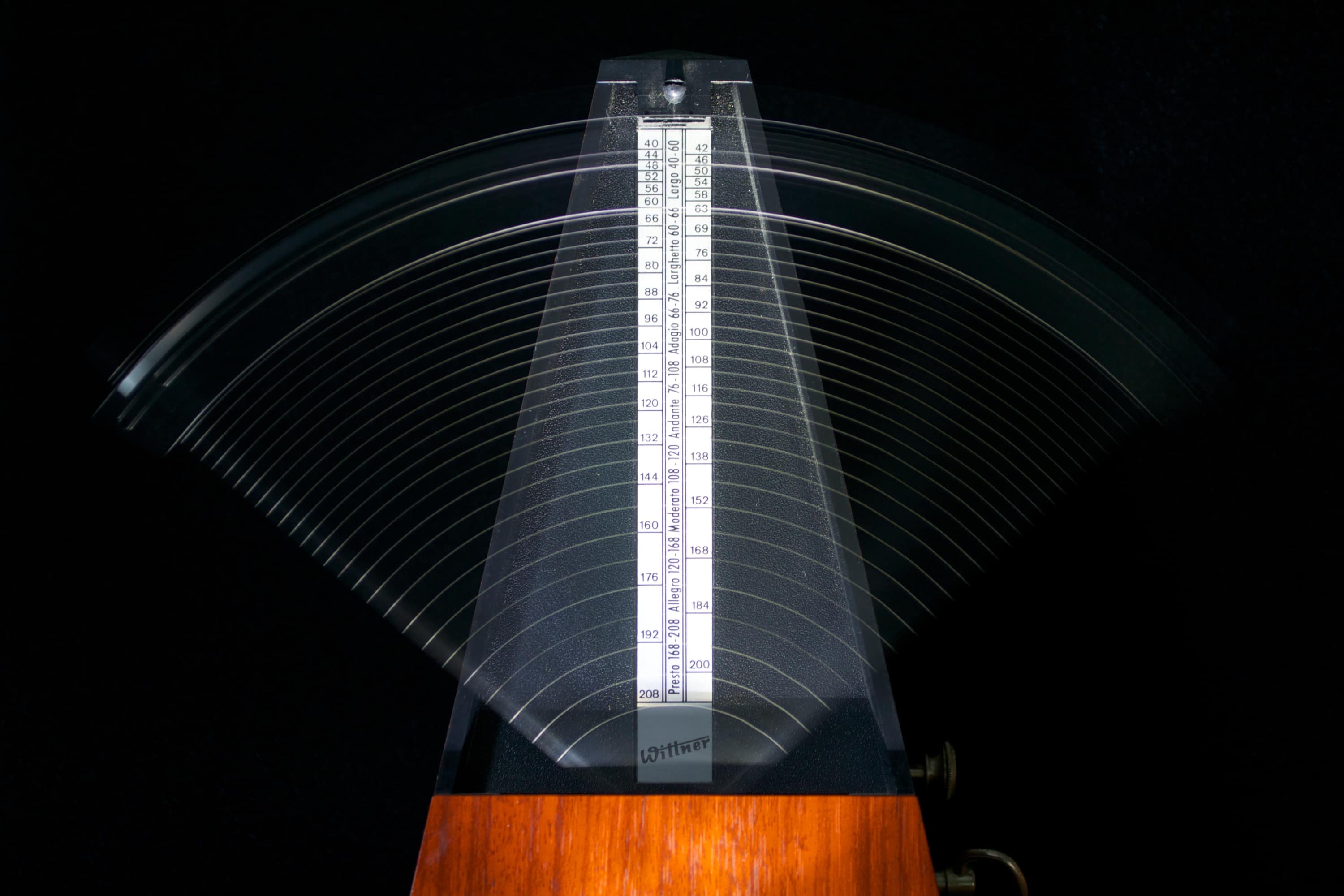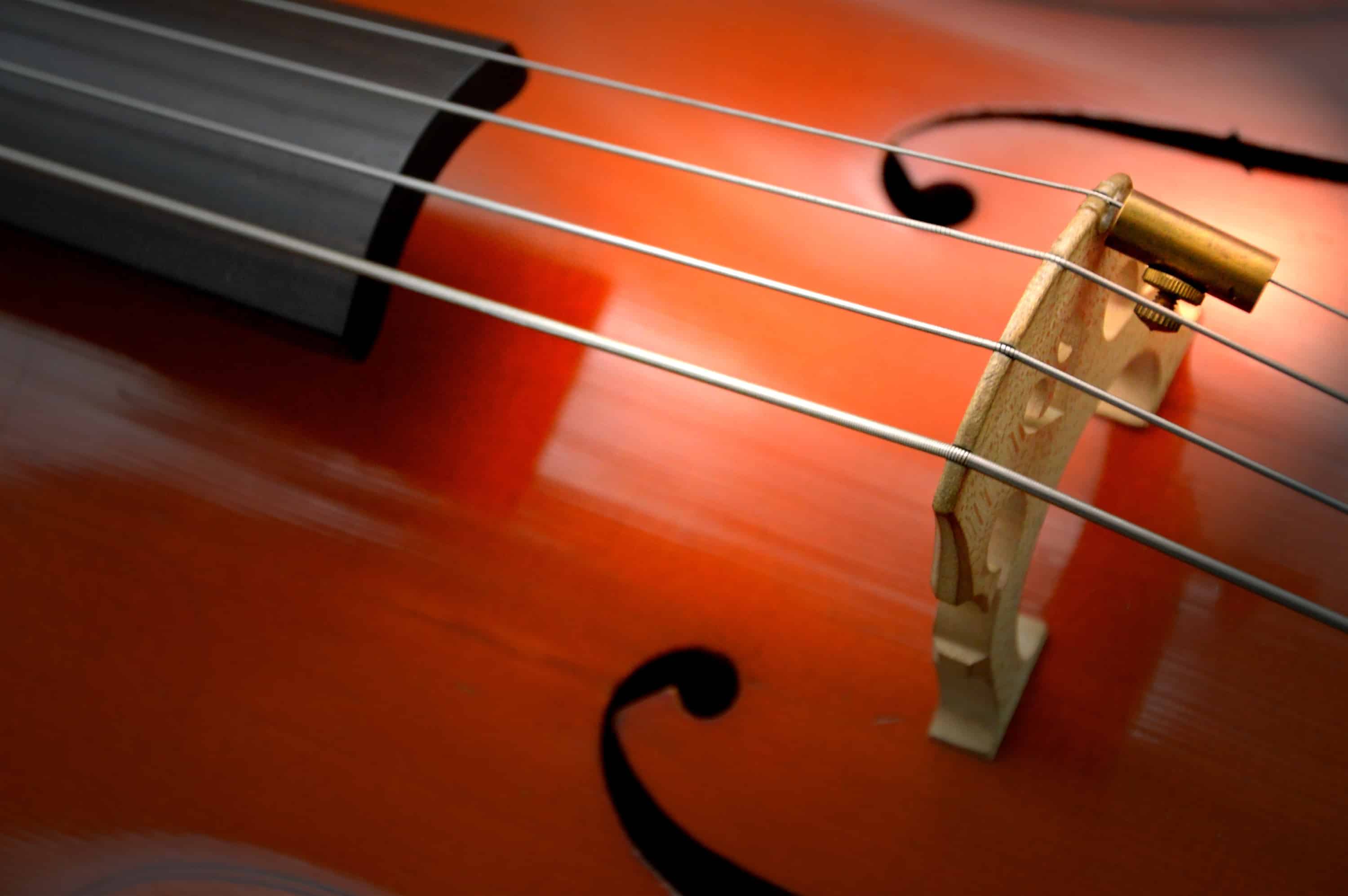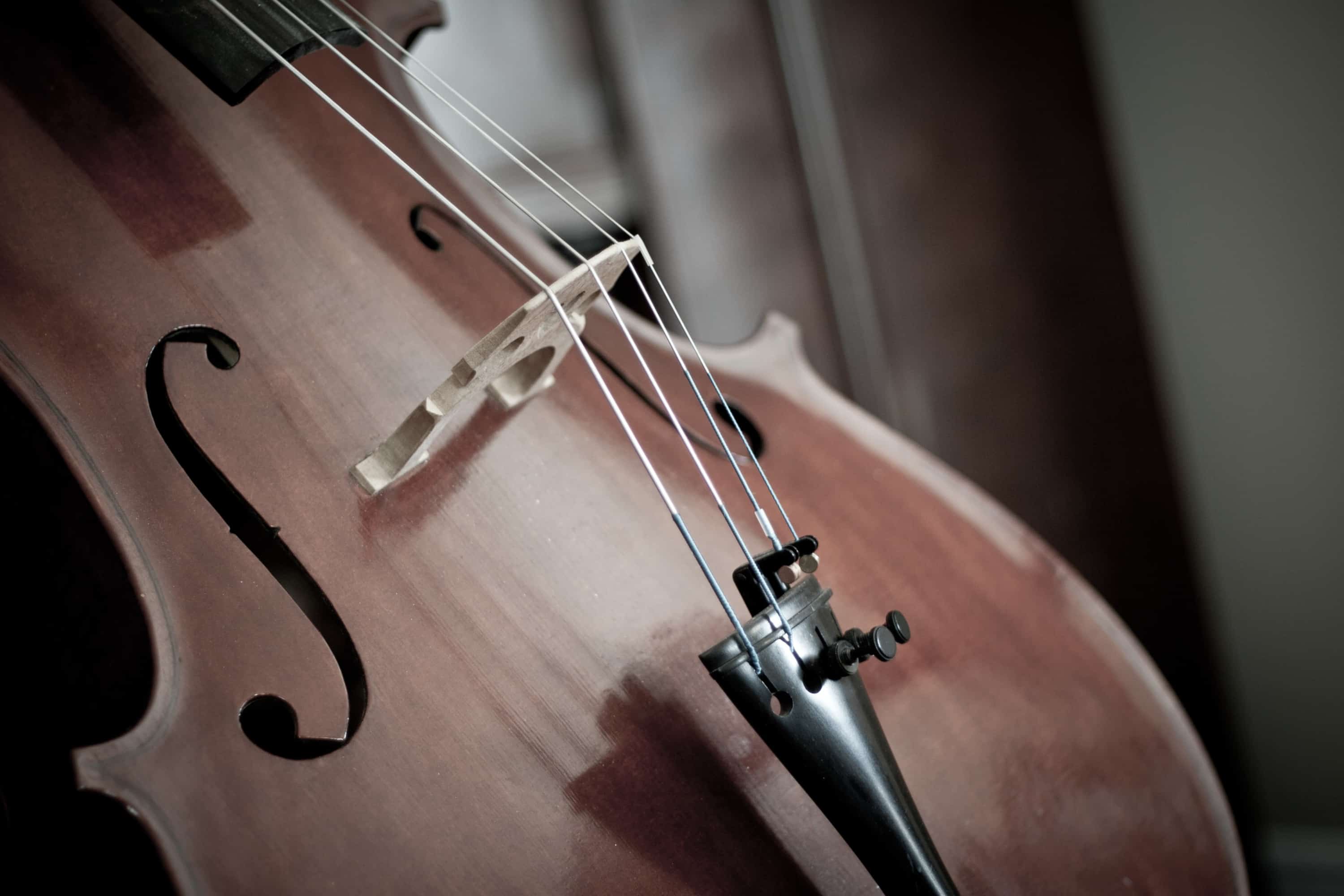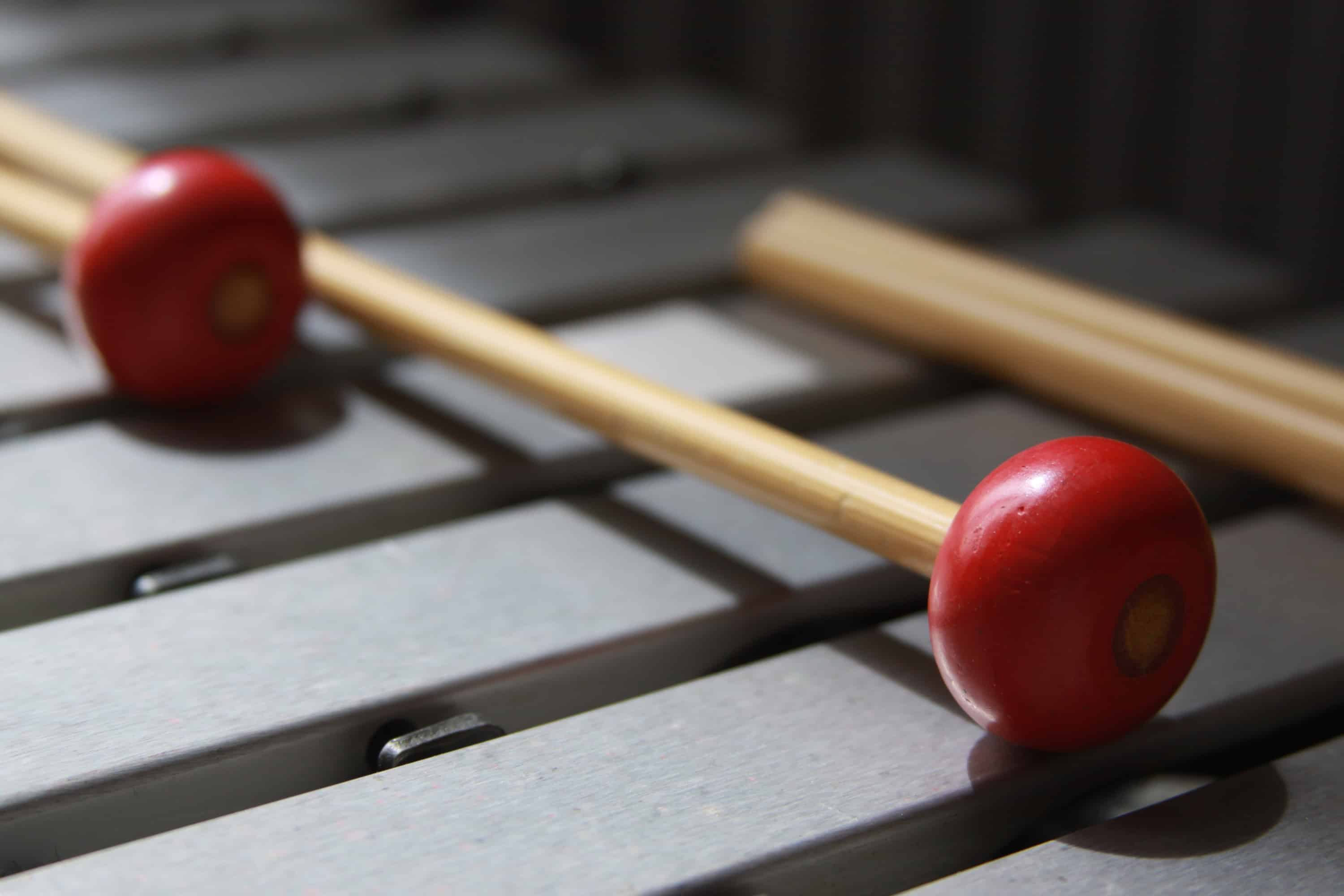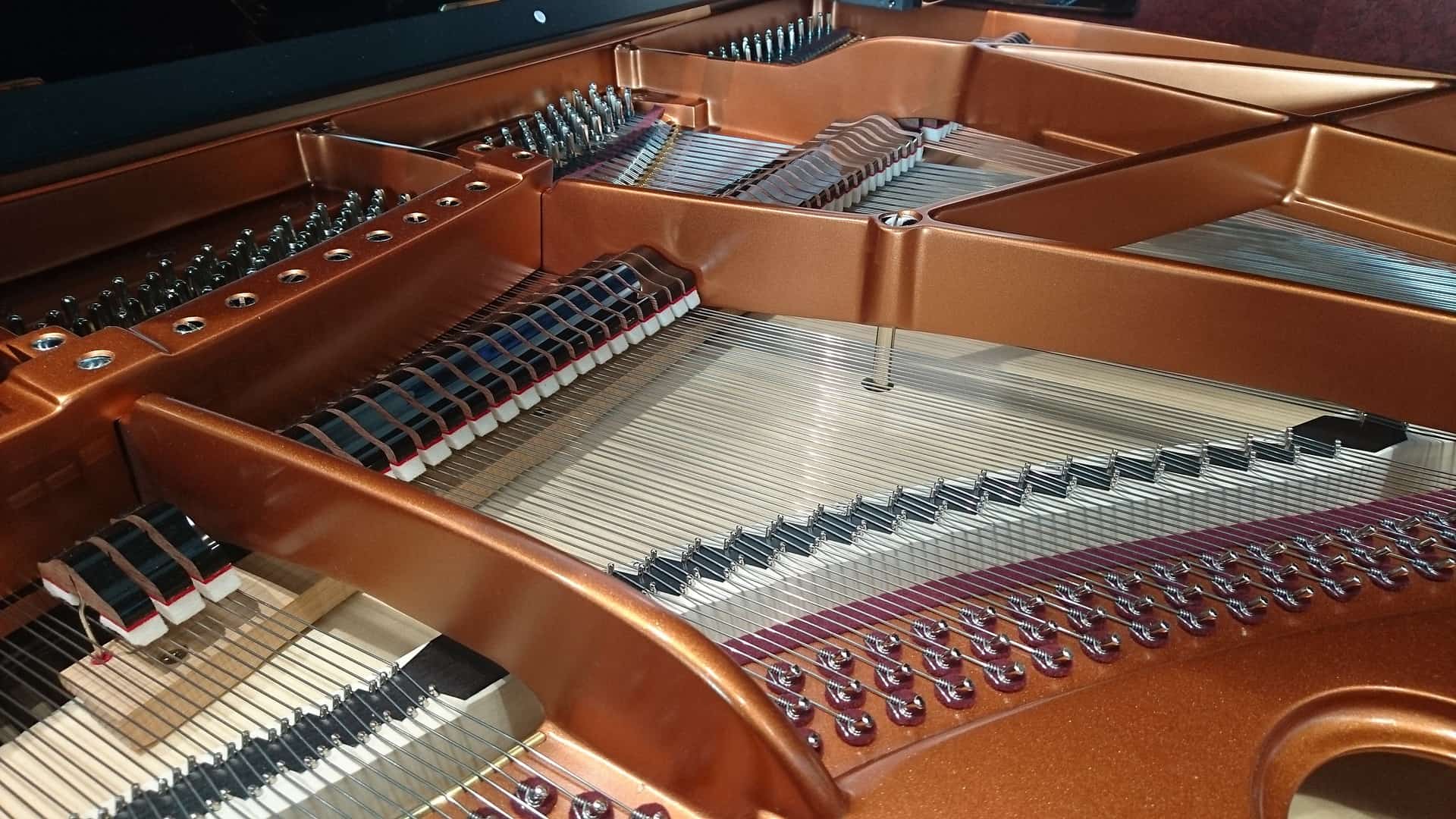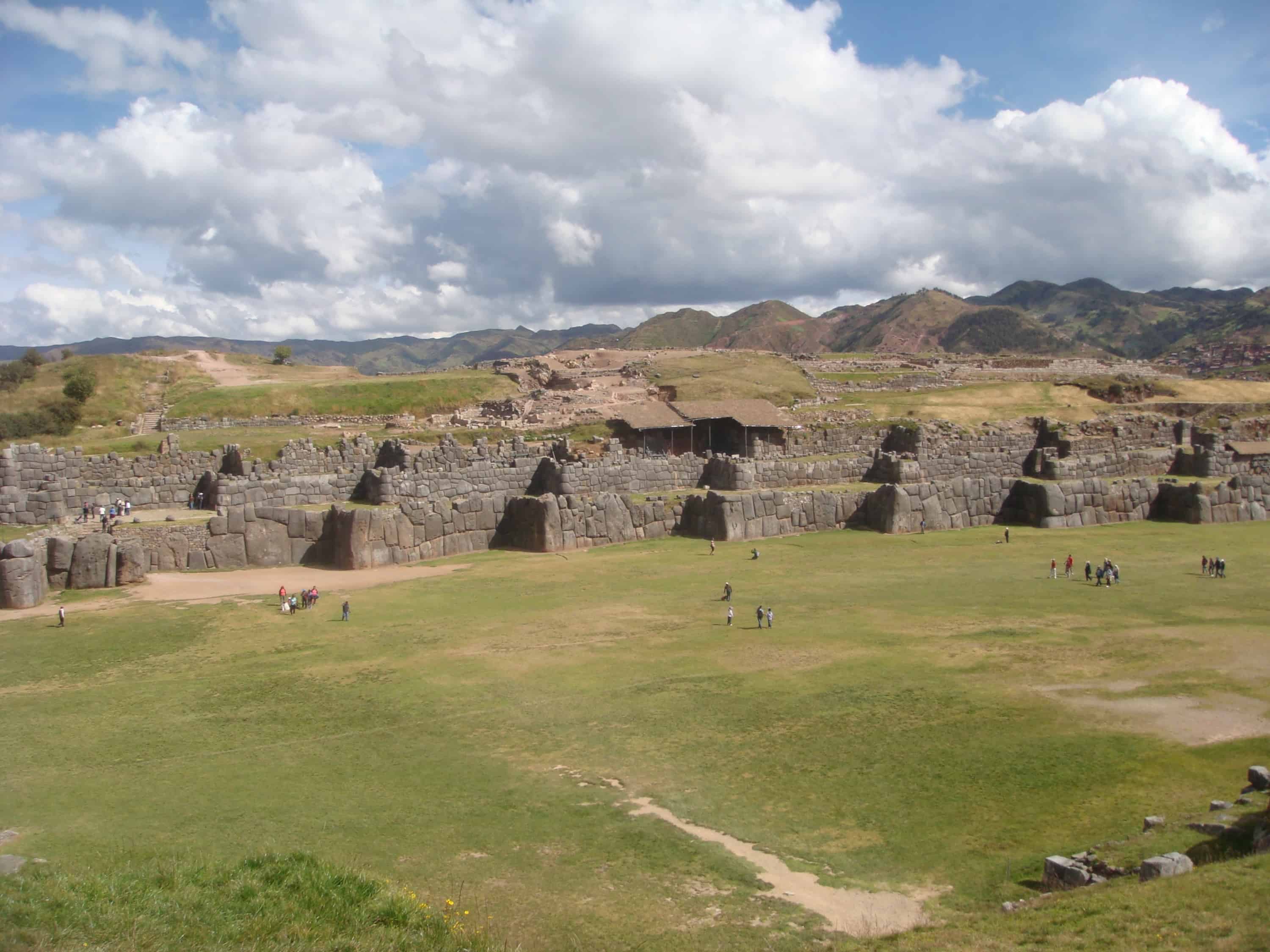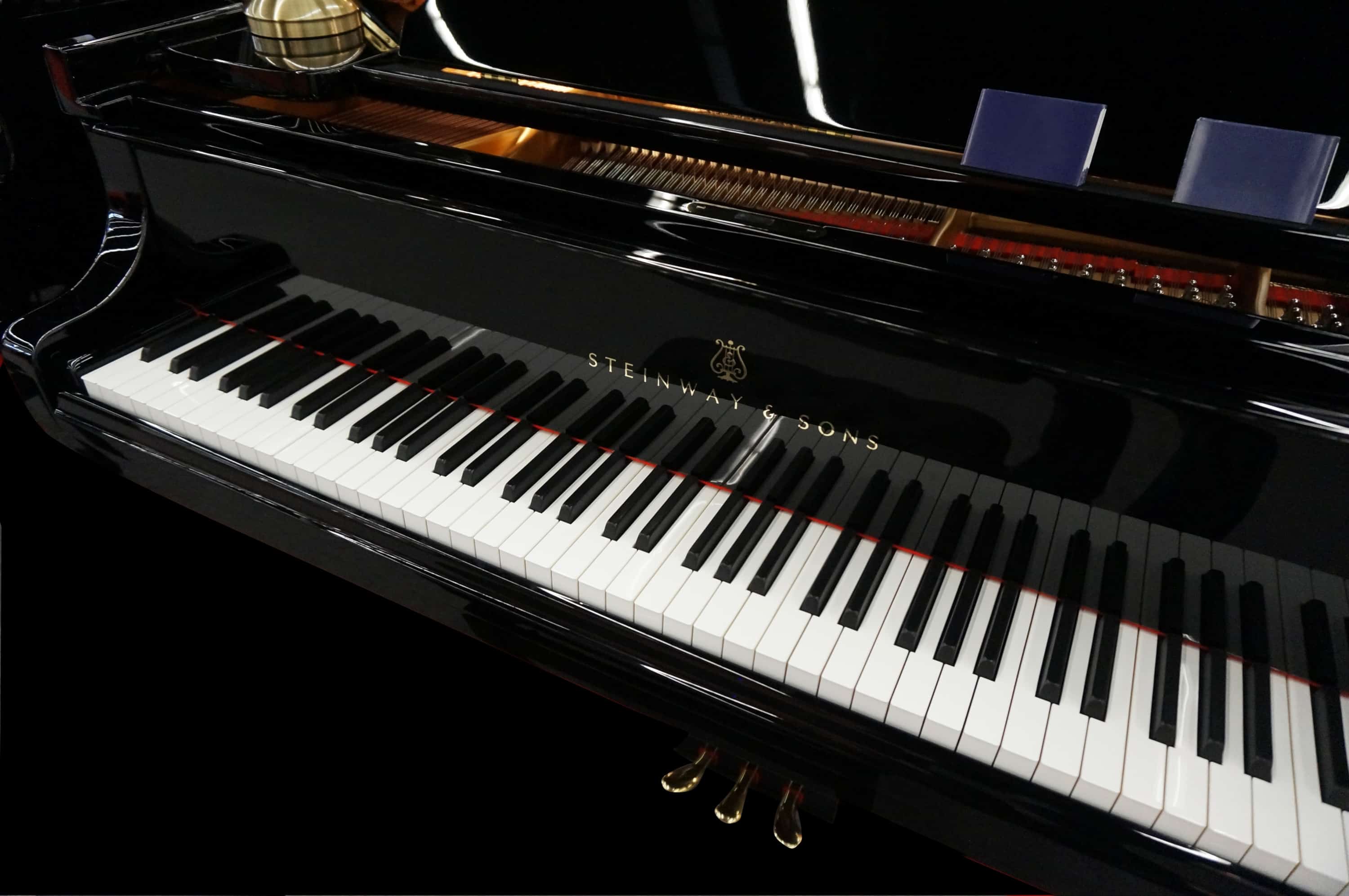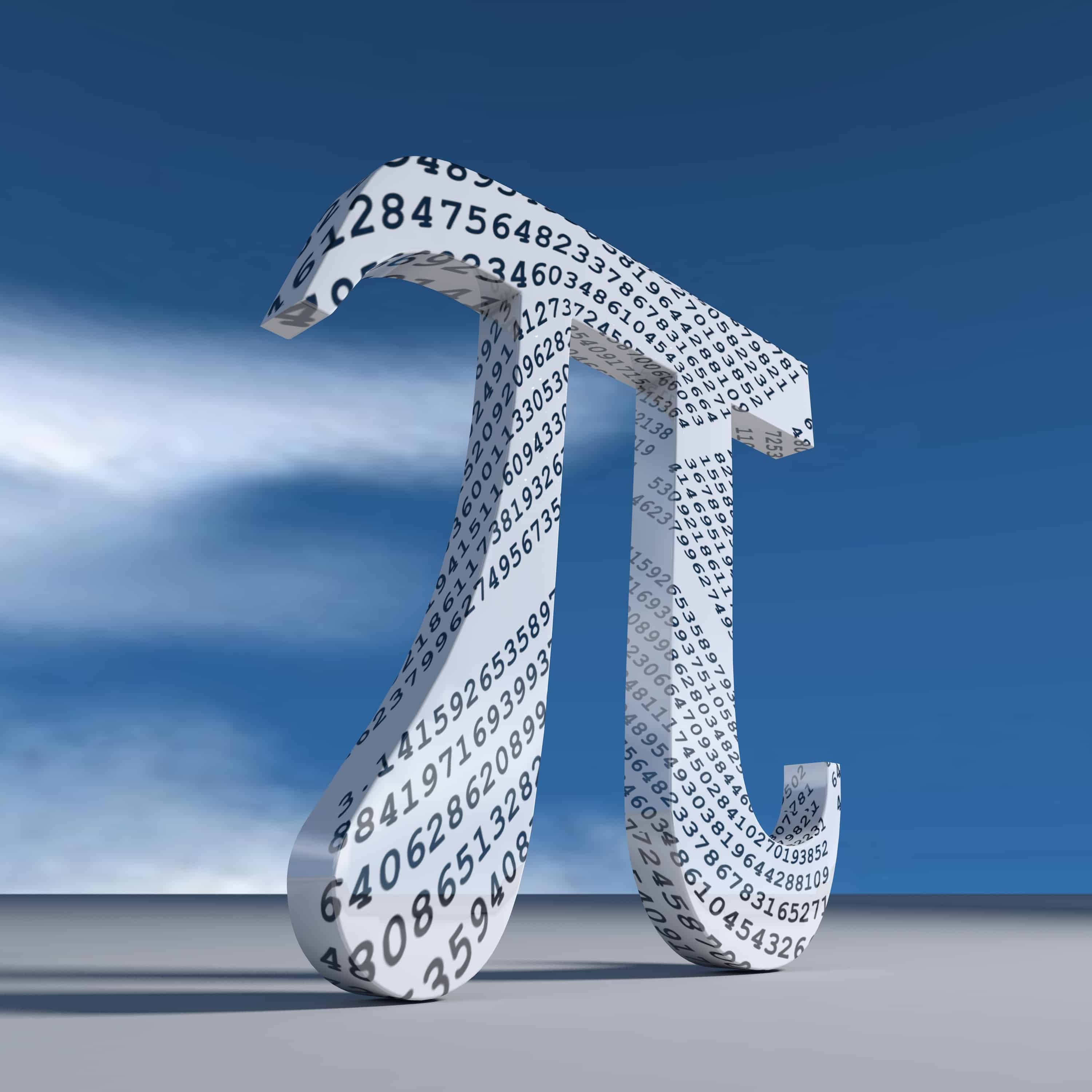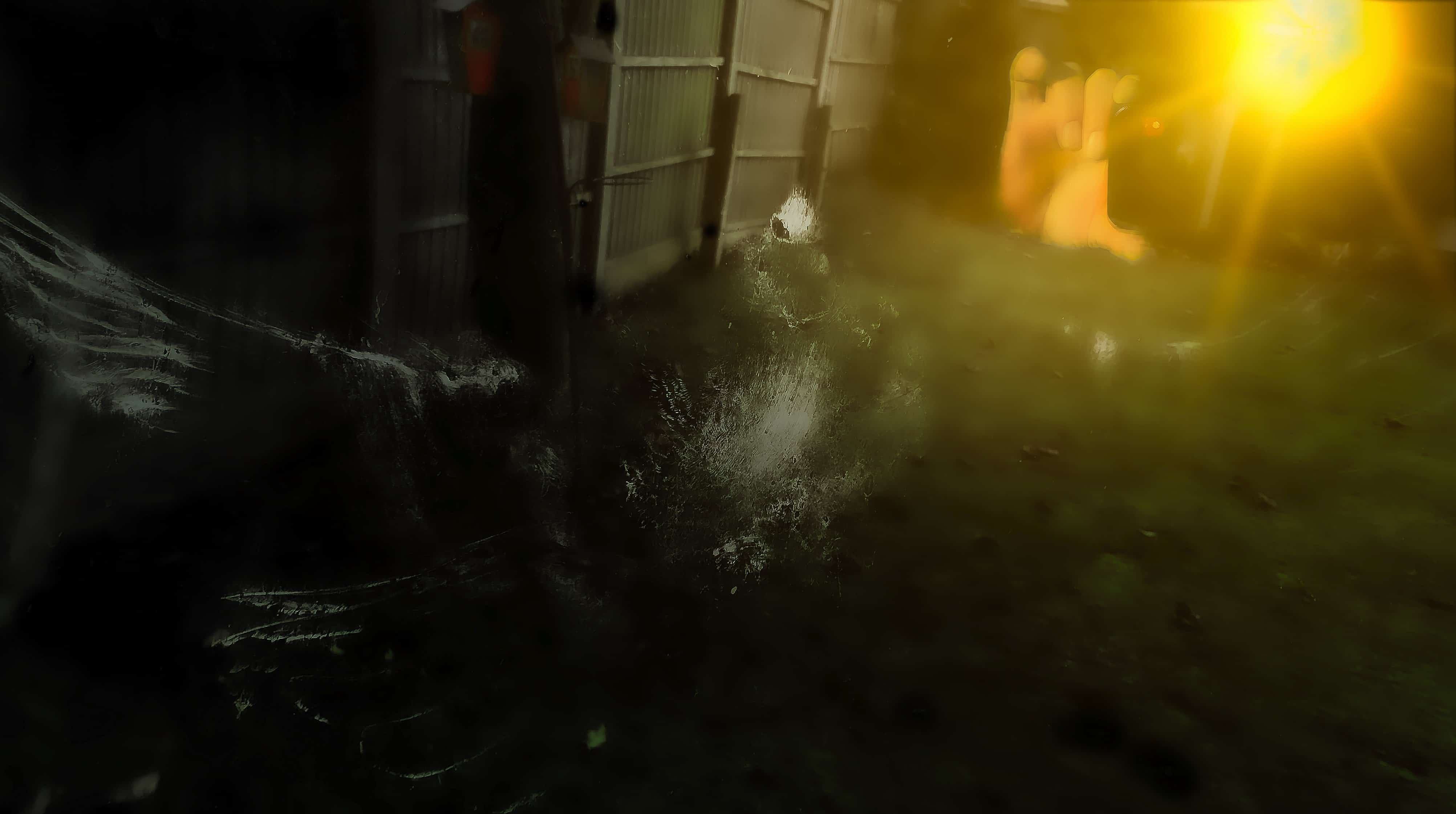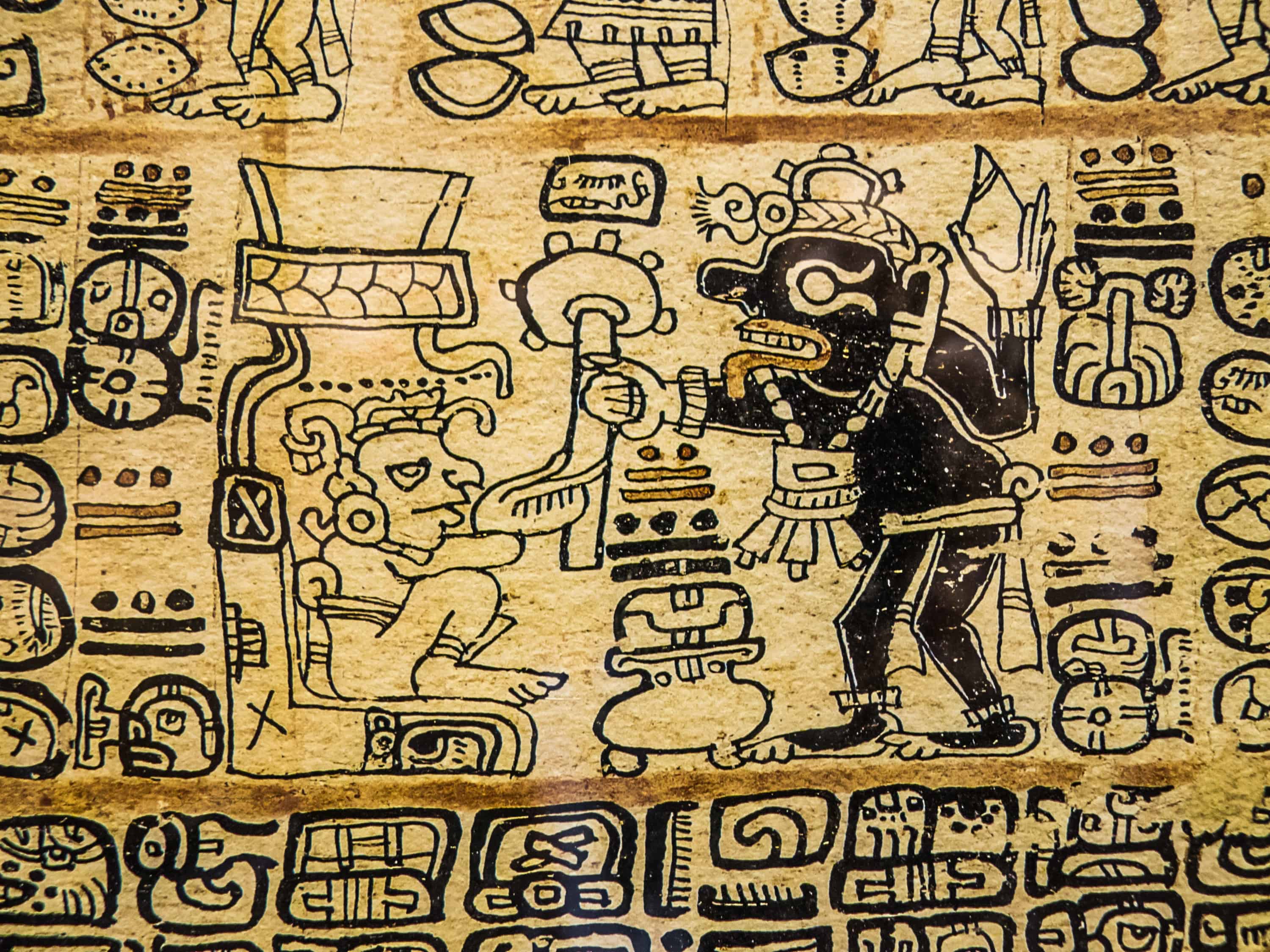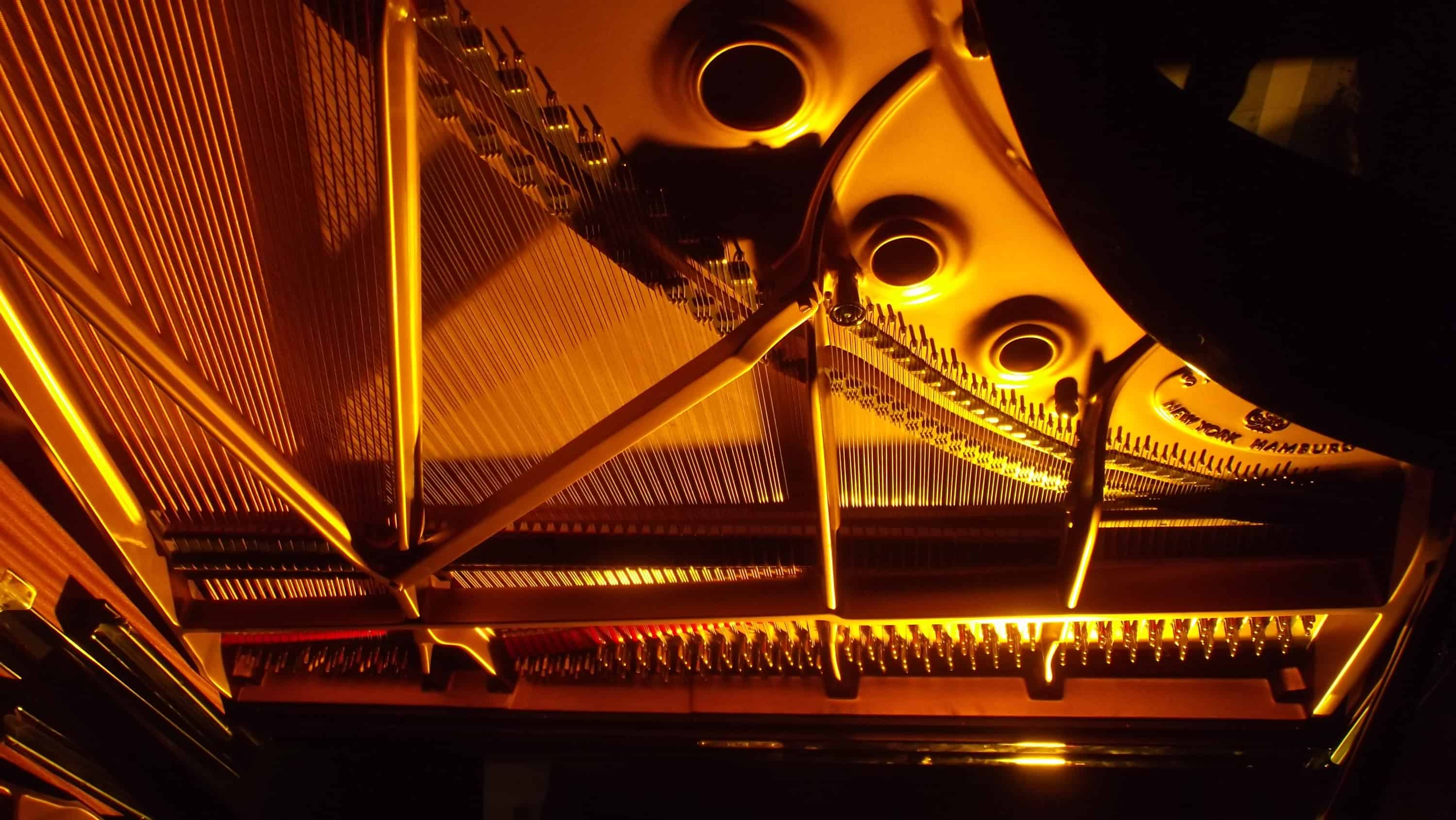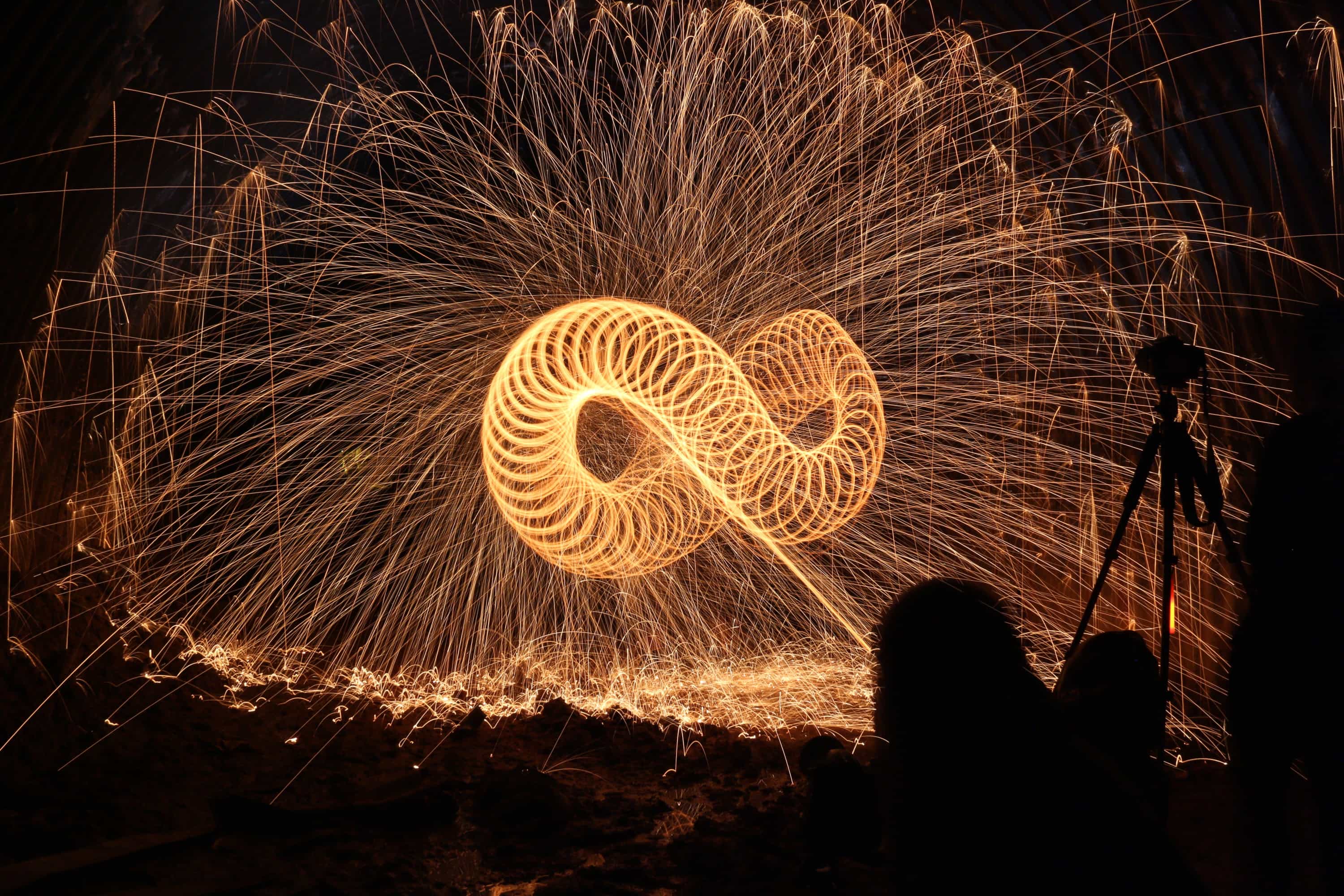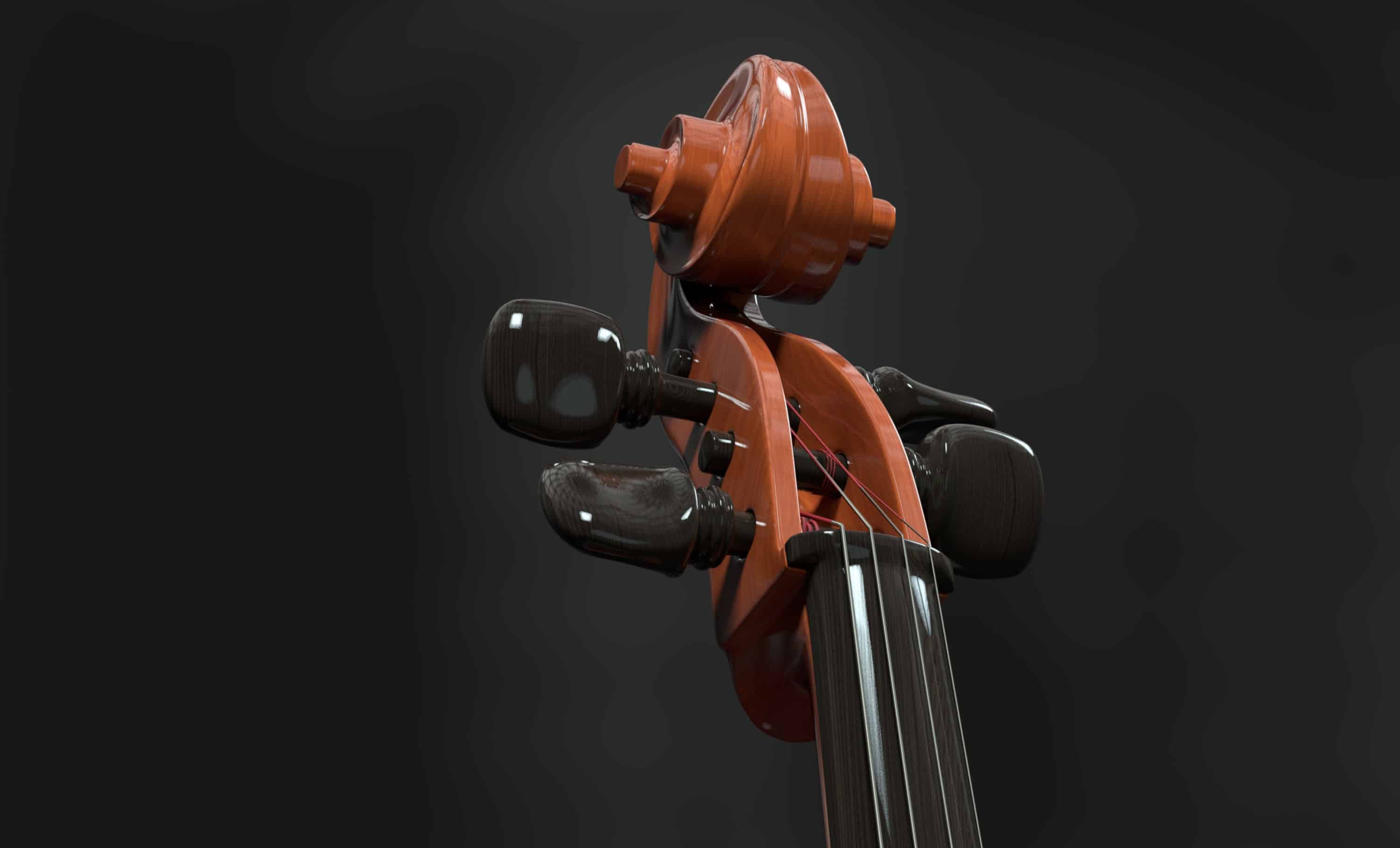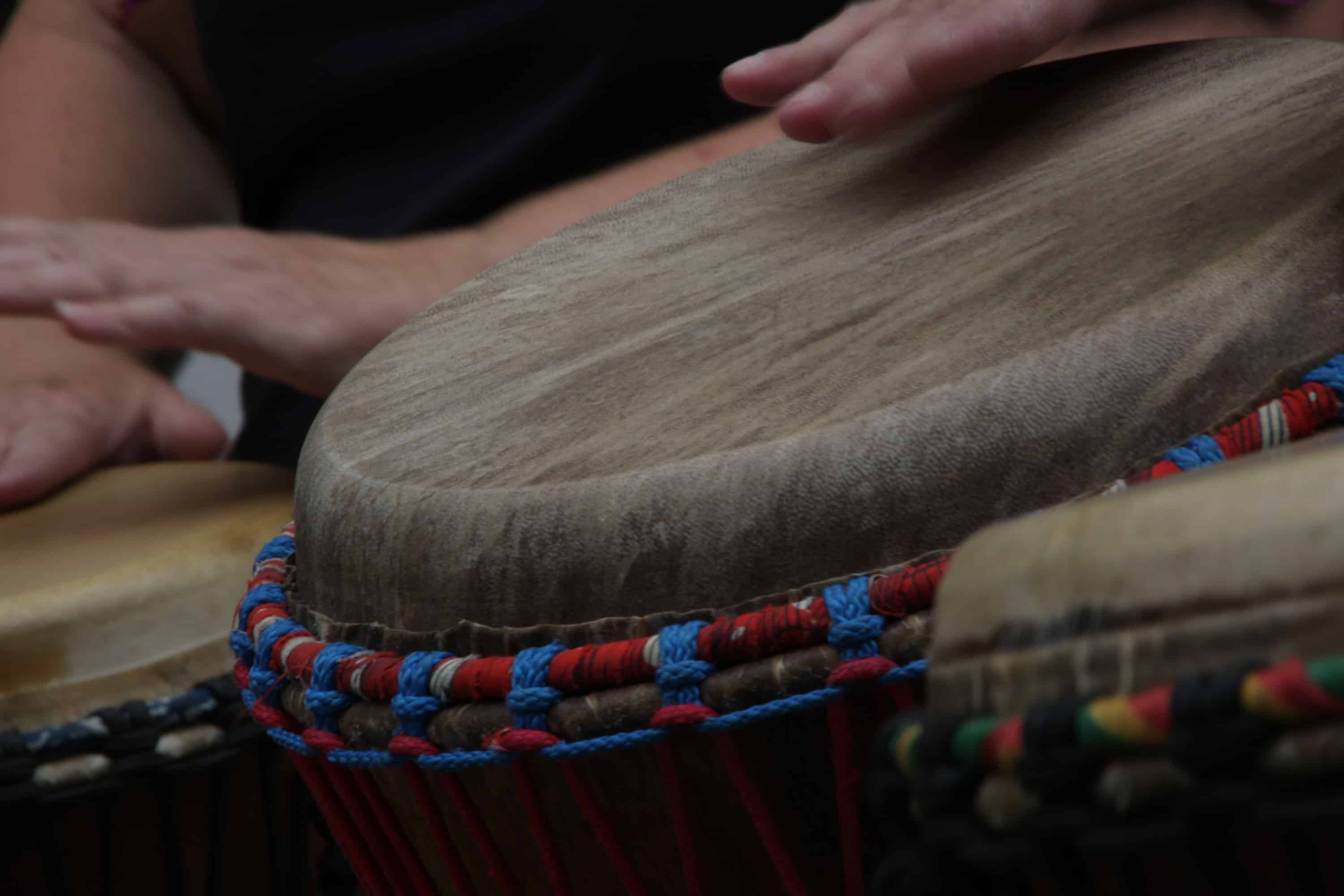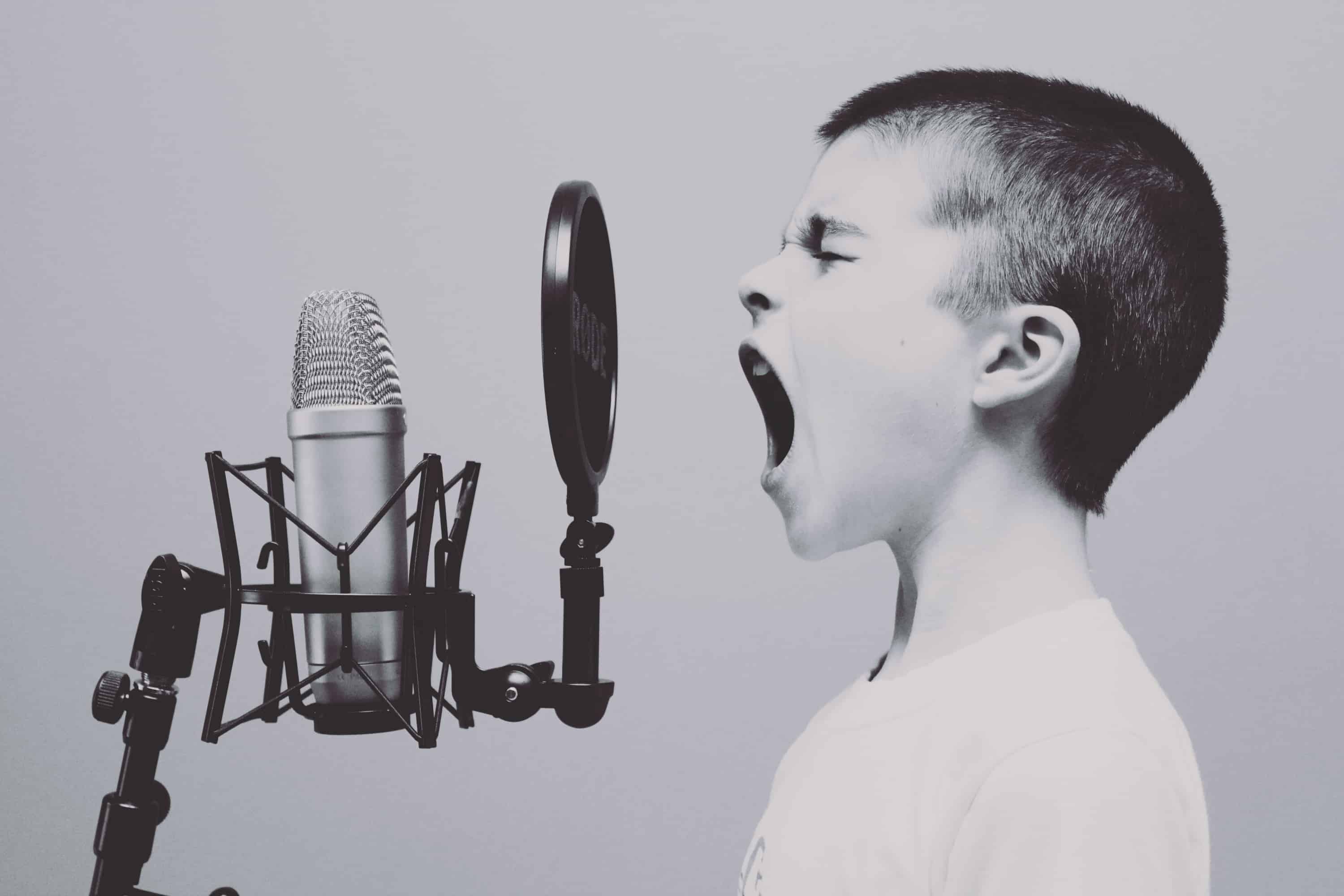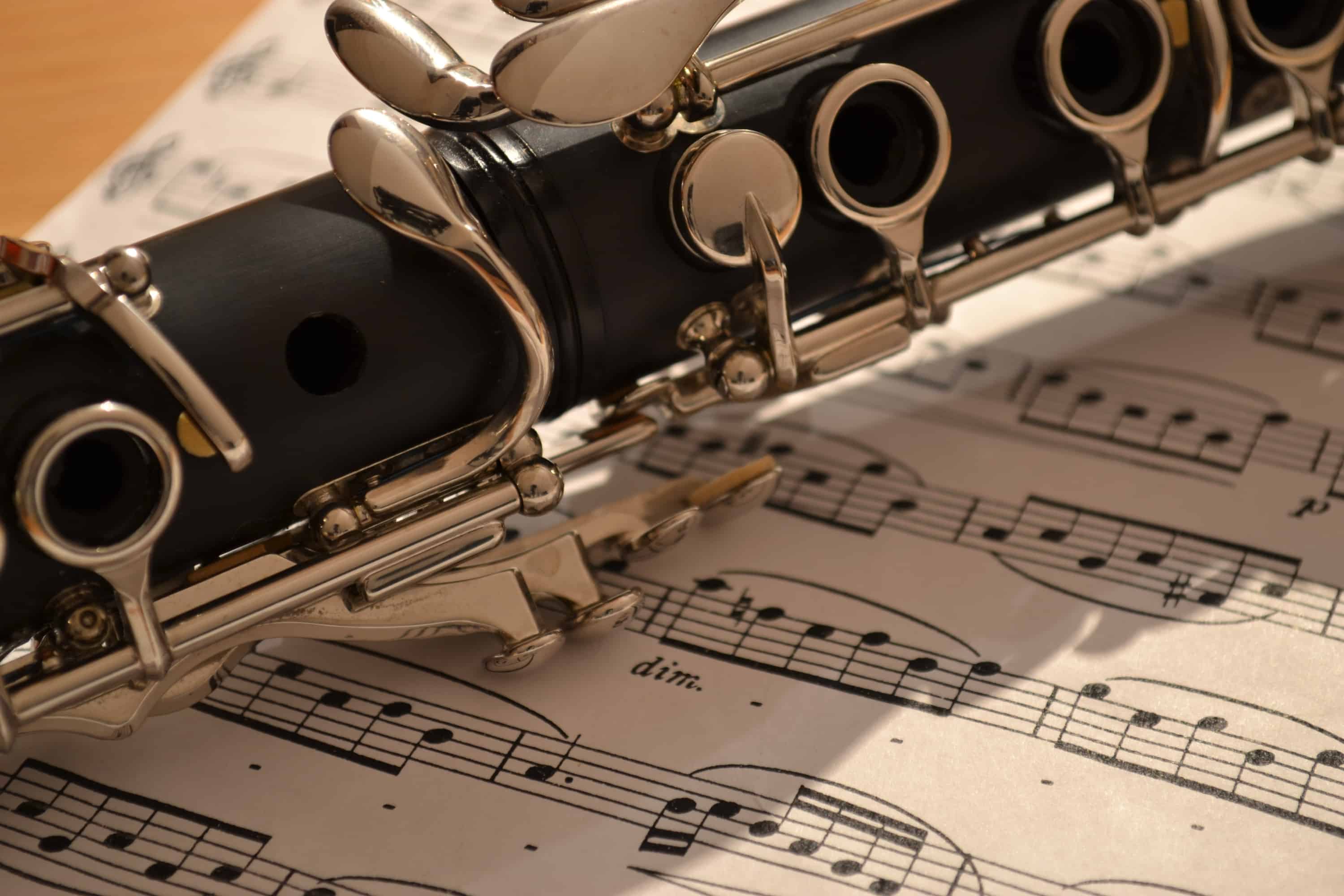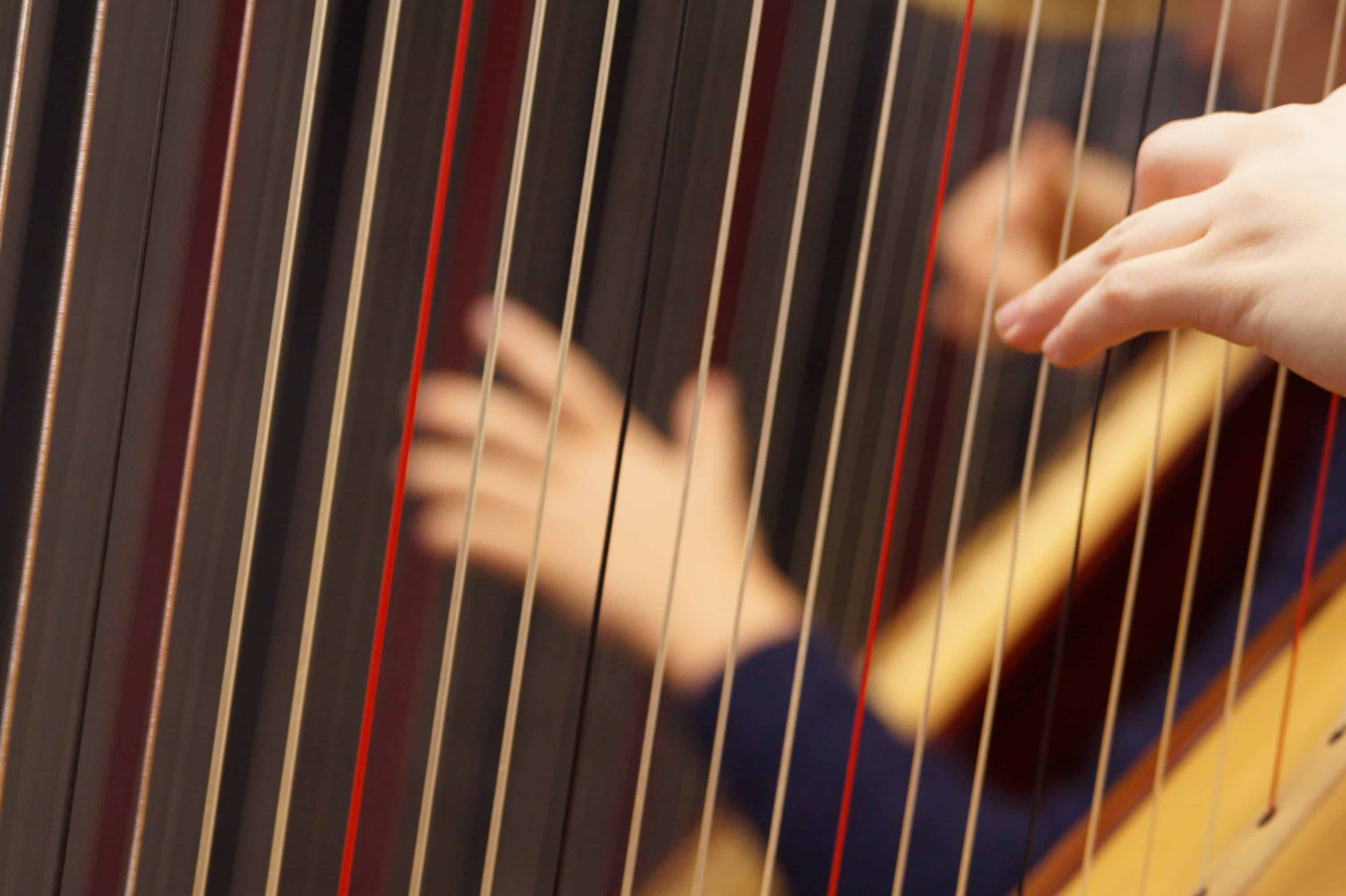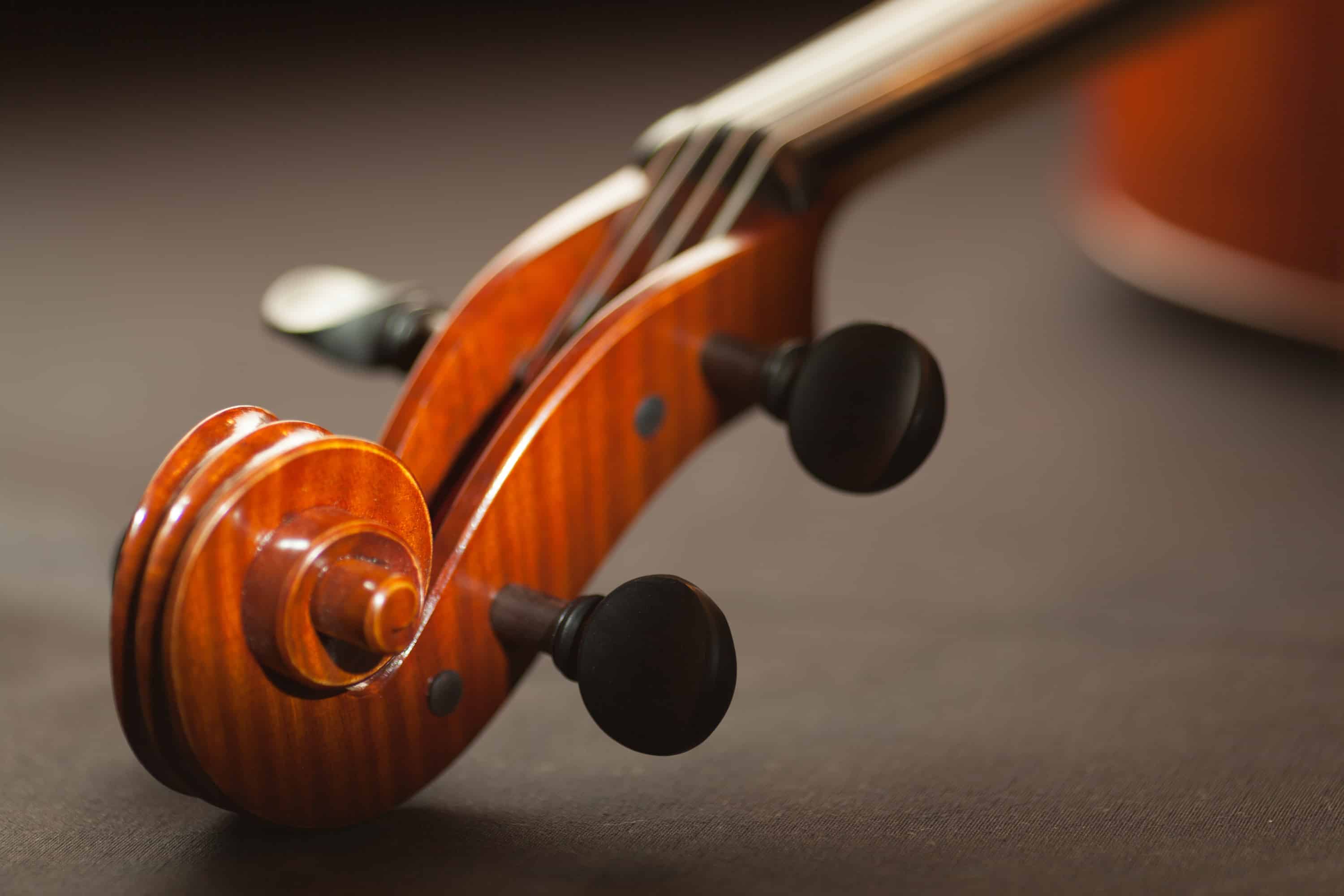Fundamental Philosophy
Working with ancient and natural resources
The majority of the works on this site are unified through consistent reference to a fundamental philosophy of working with ancient and natural resources. Initially a poetic musing, this philosophy found substance within the theories of acoustics and natural resonance: vibration, the harmonic series (sub-harmonics), multiphonics and heterodyning frequencies.
This would lead to research into equidistant scales (initially equidistant pentatonic scales) and the utilisation of the Fibonacci sequence, Golden Ratio and Pi to inform and/or control pitch, silence, dynamics, duration, rhythm, texture, proportion and form.

Later research strands include Natural Causality (Cause and Effect), Fractals, Eternal Cycles and Eternal Forms (Platonic Forms), Symmetrical and Asymmetrical Palindromes, Chaos Theory and Chaotic Attractors.
The aural phenomenon of music
can seem limitless to the composer
Most pieces include reference to elements of extra-musical inspiration and preconceived method within their compositional foundations. The aural phenomenon of music can seem limitless to the composer: a vast ocean where, without consistent navigation, one can easily get lost. Method provides a way to plot a course through a composition and external inspiration helps to decide upon a destination: a sense of place, personality, character and identity. This in turn allows the composer to develop intricate regions of the music, whilst retaining focussed and controlled momentum towards the conclusion of the sonic journey.
The written commentary throughout the site discusses the methods and ideas relative to the research as a whole and provides detailed explanation of how the fundamental philosophy of working with ancient and natural resources influences the creation and distribution of reproducible compositional materials. Further discussion clarifies how extra- musical inspiration translates into music, and elements of specific analysis focuses on aspects of compositional technique, method, process and preparation.

Music and Narrative:
Whilst it is not believed that all music has to mean something, the composer has found it useful to employ extra-musical stimuli for inspiration during the conception and realisation of composition. Of course music can be abstract and absolute, shaped entirely by musical choices of functional pitch, rhythm and timbre, but external influences can help one to preconceive a sense of musical character, personality and compositional intent.
If one was to compare the planning of composition to that of an actor preparing for a challenging role, one would expect to know certain details in order to get into character: name, time, place, dialogue and context. Within this analogy, one can see a clear comparison to composing. In order to feel the music – to step into the soundworld, one must get into character.
All compositional references to extra-musical resources must be interpreted through analogy and metaphor. The scores within this site are not considered to be programmatic, but the written commentary and score preface aims to elucidate how external influences can translate into tangible musical units and reproducible elements of compositional planning, process, method and realisation.
Music and Process:
The works on this site consistently employ preconceived methodologies that inform choices of pitch organisation and distribution of proportion and form, but it has never been the composer’s intent to systemise the construction of music. Pre-composed method is used to establish a fixed point of origin from which many musical strands can evolve and develop, allowing room for flexible interpretation and the exigencies of compositional instinct and personal choice.

Score Notation:
The scores follow established conventions of notation, but the performance instructions are (at times) a little unorthodox. These often originate from a form of mind mapping, through which formal landmarks and guideposts are plotted during realisation of the scores. Some performance instructions only make sense when read consecutively to form a strand of narrative and a few are quite abstract.
Most of these markings do not appear in the individual parts, as they refer to the atmosphere of the combined ensemble. They are not literal descriptions of the music and they are in no way expected to be perceived by the listener, but they offer subtle hints to the musicians of how to interpret the physiological and psychological complexities of emotional content in music composition.
The performance instructions often contain cryptic analytical references to compositional process, form and sources of extra-musical stimuli; the instructions are a personalised signature within the scores and it is hoped that they invoke intrigue and inform elements of analytical and creative discourse.
Dr. Ian Percy

